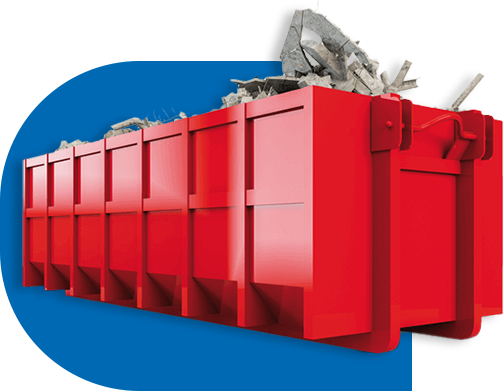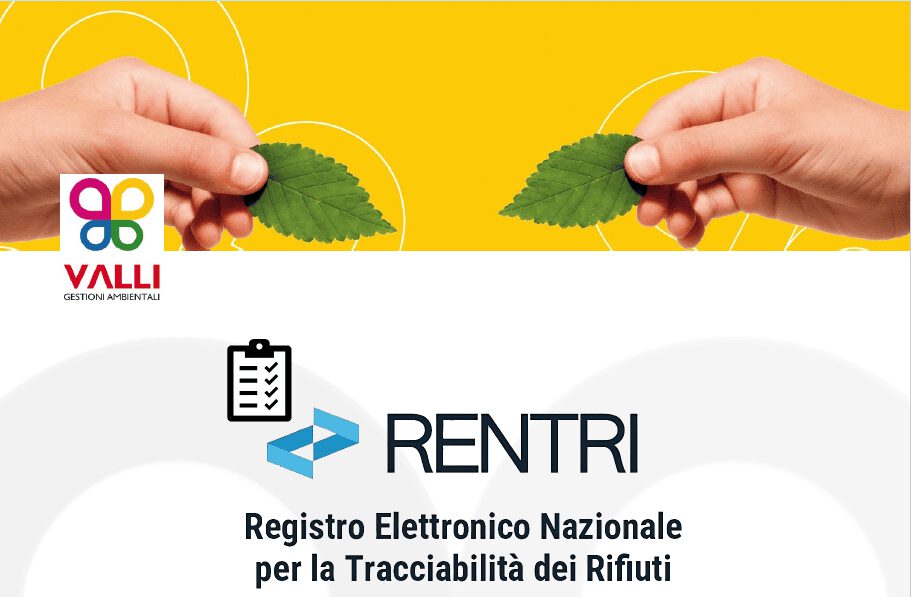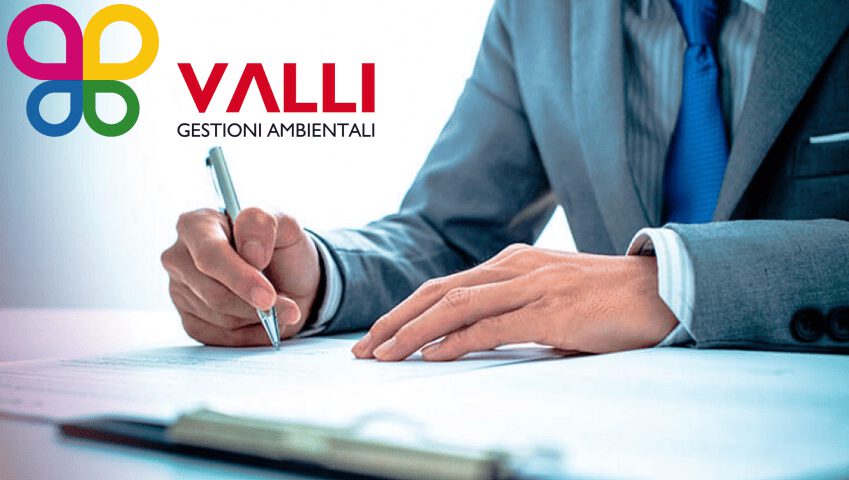Construction Waste

Construction waste: composition and characteristics
The construction sector is one of the main sources of special waste, commonly known as construction waste. These materials come from construction, demolition, renovation and excavation activities, and have an extremely heterogeneous composition. Common construction waste includes: rubble, excavated materials, construction waste, earth and rocks, concrete, bricks, ceramics, as well as wood, metals, glass, plastics, and other composite materials. In some cases, hazardous substances may also be present, such as asbestos or paints containing toxic compounds, which require specialized management and compliance with current regulations.
Construction waste management involves not only its collection and transport, but also a correct classification according to the entries of the European List of Waste (EWC/EER). This classification must be carried out before removal from the place of production, through a characterization process that makes it possible to identify the nature and any hazardous characteristics of the waste.
The treatment, recovery or disposal of construction waste requires special attention, as non-compliant management can generate significant environmental impacts. For this reason, it is essential that companies in the sector and the bodies in charge adopt sustainable practices, in line with environmental legislation and the principles of the circular economy.
One of the main challenges in the management of construction and demolition waste is precisely its variable composition, which requires a rigorous technical and regulatory approach to ensure the correct treatment of each fraction.
Definition and classification of construction waste
Construction waste, according to current Italian legislation, falls within the broader definition of “waste” contained in art. 183, paragraph 1, letter a), of Legislative Decree 152/2006: “any substance or object that the holder discards or has decided or is obliged to discard”. In particular, construction waste deriving from construction, demolition and excavation activities is classified as special waste pursuant to Article 184, paragraph 3, letter b) of Legislative Decree 152/2006 as amended. They are listed in Chapter 17 – Waste from construction and demolition activities (including soil taken from contaminated sites), referred to in Annex D to Part Four of Legislative Decree 152/2006 as amended, which constitutes the European List of Waste (EER).
This chapter includes, but is not limited to:
- 17 01: building and demolition materials (concrete, bricks, tiles, ceramics);
- 17 03: bitumen and tars;
- 17 05: excavated earth and rocks;
- 17 06: insulating and asbestos-containing materials;
- 17 09: mixed construction and demolition waste.
Some of these codes are “mirror” codes, meaning they can identify both hazardous and non-hazardous waste, depending on the presence of relevant hazardous substances. In these cases, an analytical characterization is mandatory to determine the correct classification and possible attribution of the HP hazard characteristics, as established by Regulation (EU) No. 1357/2014 as amended.
The classification of construction waste must be carried out before it is removed from the place of production, and it is the responsibility of the waste producer to ensure the accuracy of the information contained in the transport and management documents.
Responsibilities and legal obligations in construction waste management
In the context of construction and demolition (C&D) construction waste management, the responsibility for proper management lies with the waste producer, identified on the basis of operational and decision-making autonomy. This distinction is essential to correctly attribute regulatory obligations and any sanctioning responsibilities.
Construction waste management is a complex process, which includes: production on site, transport, reuse, recovery or final disposal. A central role is played by selective demolition, which allows an effective separation of materials, promoting recycling and contributing to environmental sustainability objectives.
Transport and disposal of construction waste: procedures and best practices
The transport of construction waste, whether hazardous or non-hazardous, must be carried out by subjects registered in the National Register of Environmental Managers (in Italian, Albo Nazionale Gestori Ambientali) as required by art. 212 of Legislative Decree 152/2006 as amended. Transport can take place on one’s own account or on behalf of third parties, but always in compliance with the required authorizations. The producer or holder of the waste is obliged to ensure that the person in charge of transport is authorised for this activity. Otherwise, he may incur criminal and administrative liability for illegal waste management, as provided for by Article 188 of Legislative Decree 152/2006 as amended.
The recovery and disposal of construction waste must take place exclusively at authorized plants, able to guarantee compliance with environmental regulations and the safety of treatment. These plants can carry out recovery activities, transforming waste into new reusable resources, or disposal, providing for their final management according to environmental safety criteria and current legislation. It is important that recovery or disposal processes comply with current regulations in order to minimize environmental impact and protect public health and safety.
Documentation and traceability in the transport of construction waste
During transport, construction waste must be accompanied by the Waste Identification Form (FIR), which contains detailed information about the waste and the transport methods, including: the details of the producer, transporter, consignee, the characteristics of the waste (including the EWC/EER code) and the route taken. The FIR is an essential tool to ensure traceability and transparency in construction waste management, as well as representing a regulatory obligation.
Best practices for effective management, recovery or disposal
To ensure effective recovery or disposal of construction waste, it is advisable to adopt practices such as selective demolition, which allows for accurate separation of materials and facilitates recycling and valorization. In addition, it is important to collaborate with specialized companies, which can provide innovative and sustainable solutions for waste treatment. This synergy allows not only to comply with environmental legislation, but also to promote a more efficient and responsible management of resources.
The transport, recovery and disposal of construction waste requires a meticulous and responsible approach. Key elements of effective and sustainable management are: regulatory compliance, waste traceability and collaboration with qualified bodies and companies. All this not only contributes to the protection of the environment and public health, but also to the development of a circular economy model, in which construction waste becomes resources.
Why choose Valli Gestioni Ambientali for construction waste management
In construction waste management, choosing the right partner is crucial to ensure efficiency, safety and regulatory compliance. Valli Gestioni Ambientali stands out as an excellent choice for several reasons, combining experience, regulatory compliance, sustainability and innovation.
Industry experience and reliability
Valli Gestioni Ambientali has a long and proven experience in the management of construction waste, which translates into a broad knowledge of the best operating practices, current regulations and specific challenges of the sector. The company offers services that cover the entire construction waste management cycle, from collection to transport, up to the recovery or disposal phases, ensuring an efficient process that is fully compliant with all environmental regulations.
Compliance with environmental and safety regulations
Compliance with environmental regulations is a key aspect of construction waste management. Valli Gestioni Ambientali ensures that every phase of the process, from transport to management, up to recovery or disposal, is carried out in full compliance with current laws. This approach not only protects customers from any legal risks, but also ensures the highest standards of safety and traceability at every stage of the waste management process.
Want to know more? Contact us, our team is available to provide all the necessary information.



